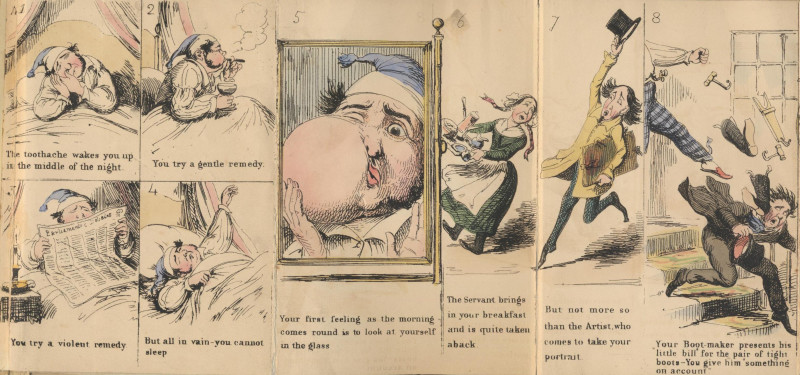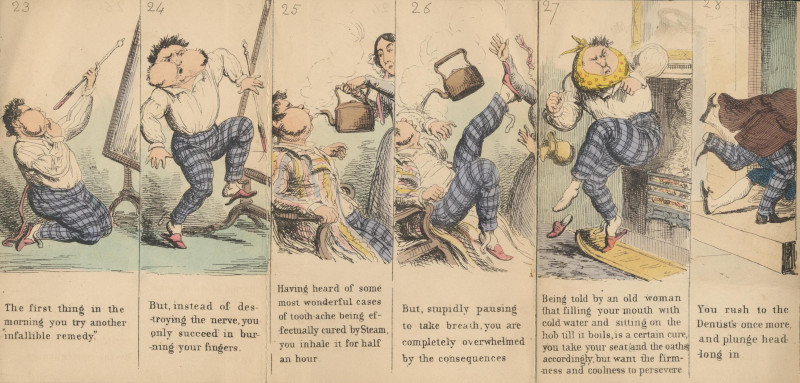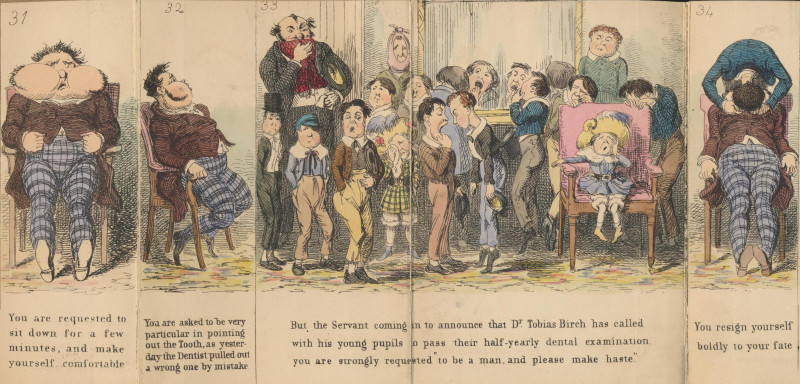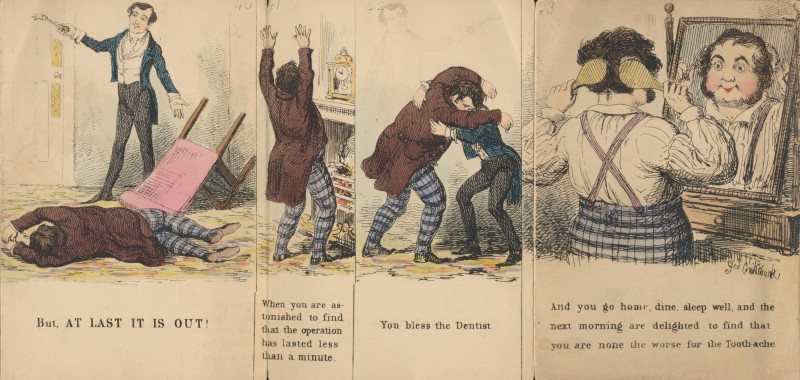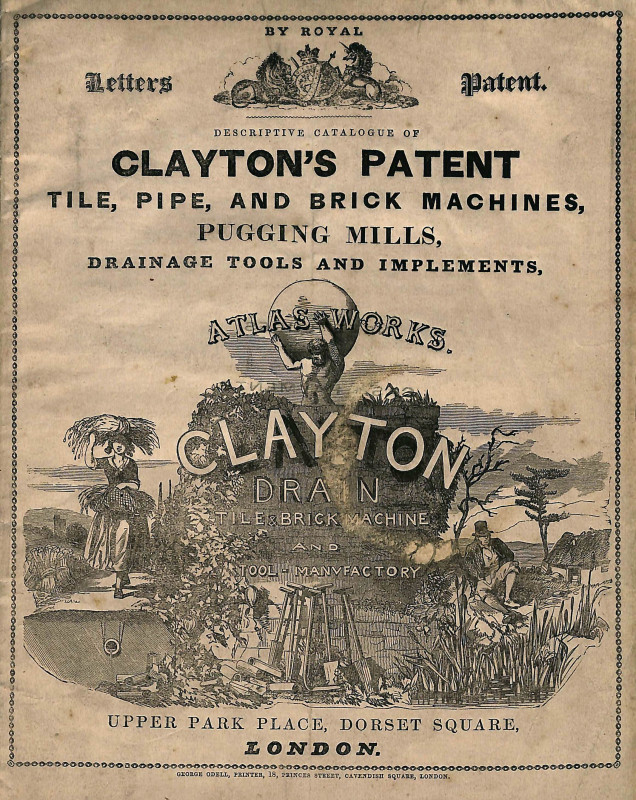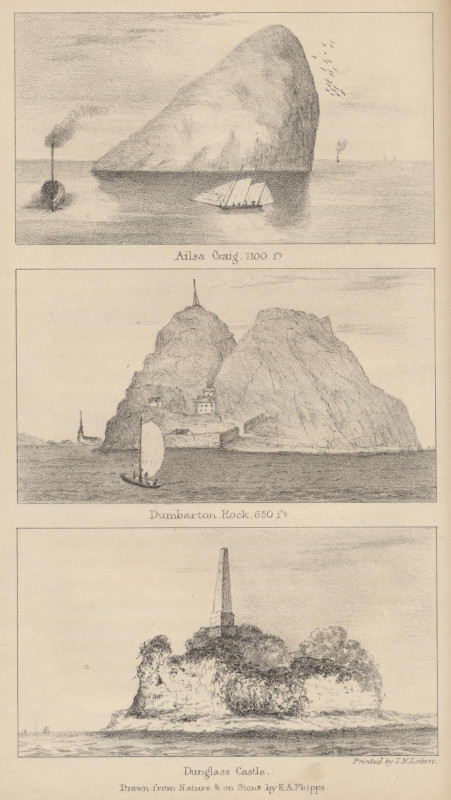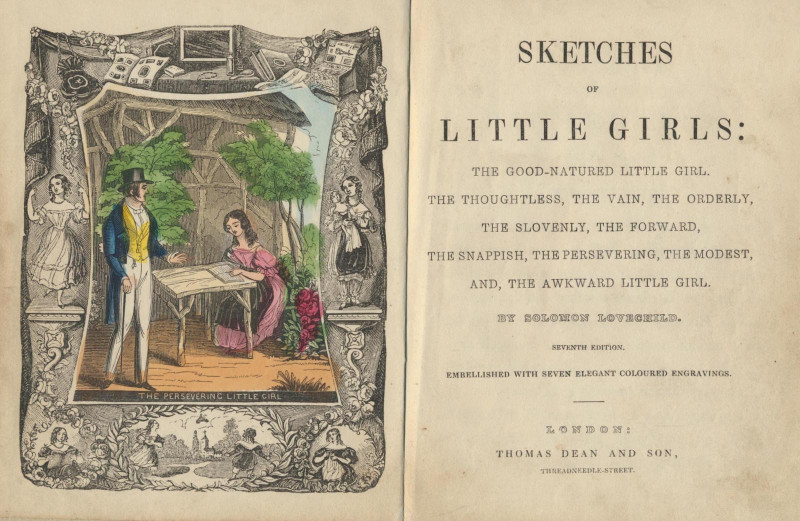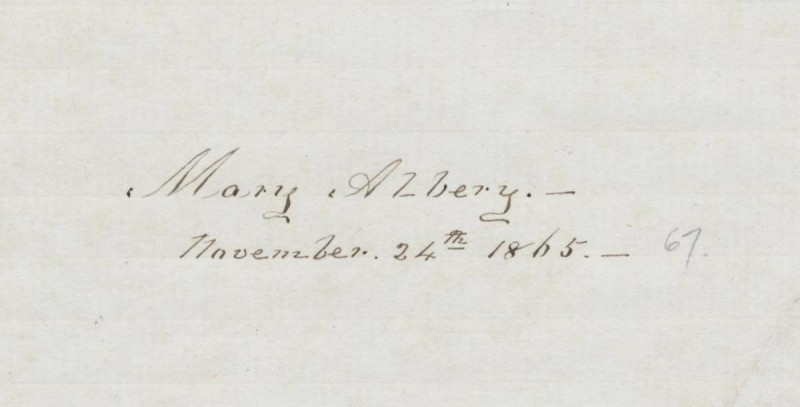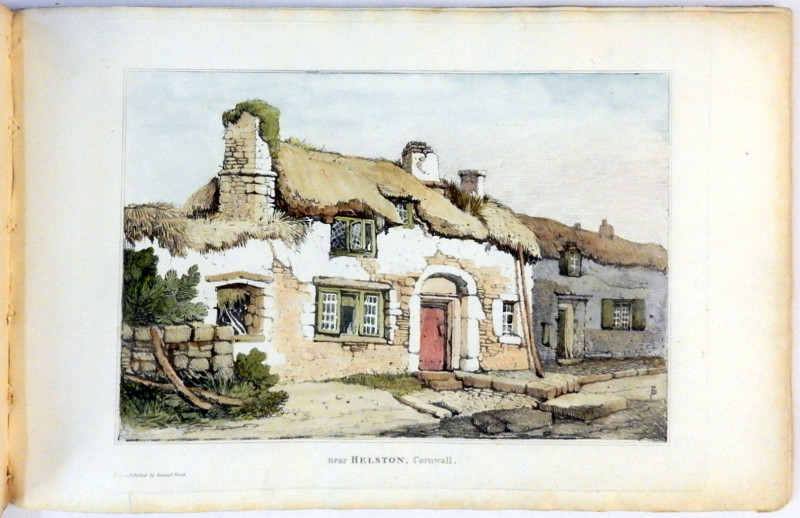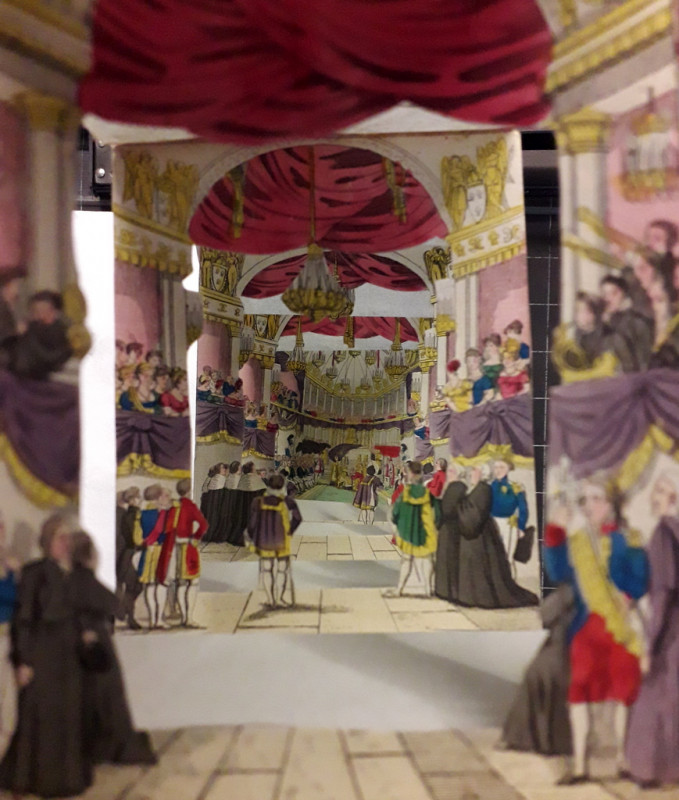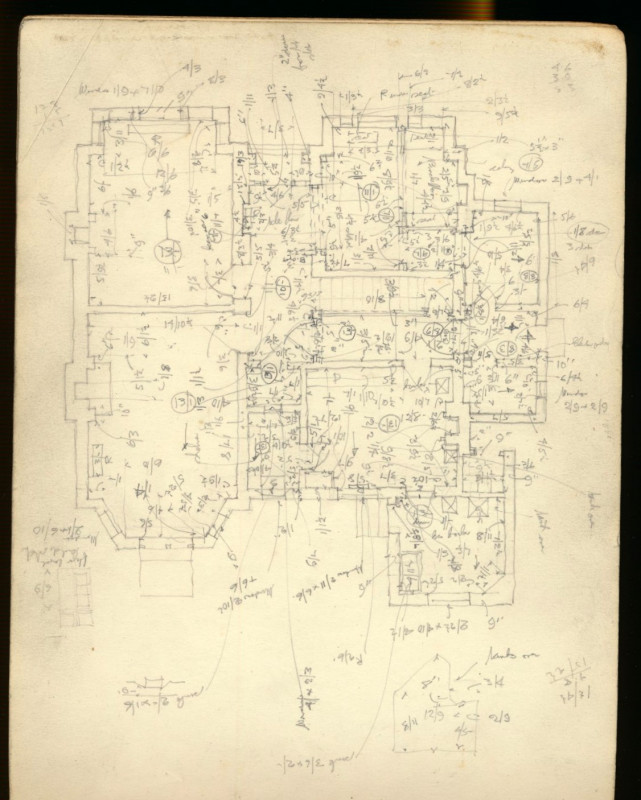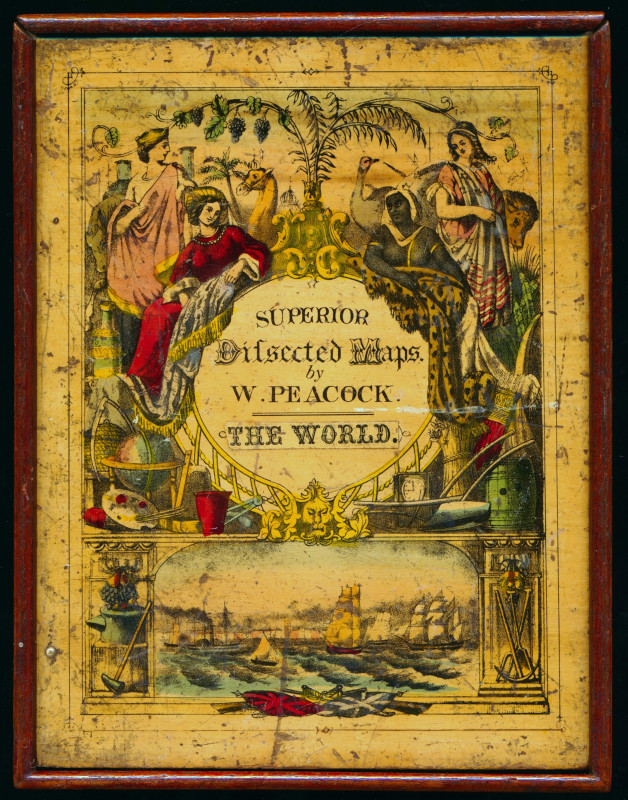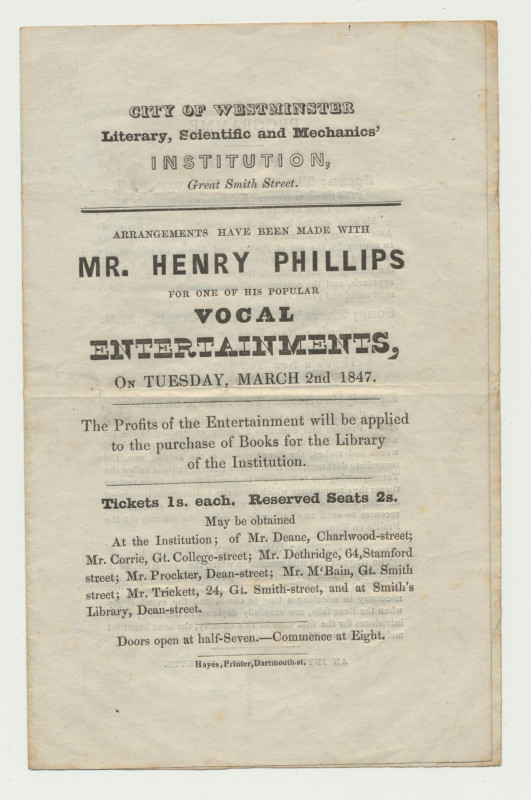THE TOOTH-ACHE. Imagined by Horace Mayhew… And realized by George Cruikshank.
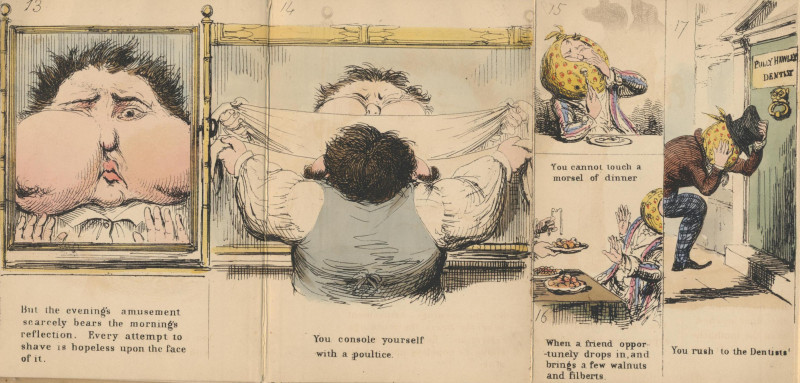





Book Description
Amusing satirical folding panorama, documenting the agony of toothache, showing the trials and tribulations of a Victorian gentleman’s in forty three scenes from the first twinge of pain of his tooth, his various attempts to cure himself and the final recourse to the dentist.
‘Poems and essays have been written by literary men upon the gout, and there are, of course, countless professional treatises on dentistry; but I have met with only one on toothache which can be called literary: The Tooth-Ache, imagined by Horace Mayhew and realised by George Cruikshank’ (Notes and Queries, 10th Series, Aug. 15, 1908, p. 122).
Our poor gentleman tosses and turns before he is forced to get up and find a painkiller. Miserable, he visits the Chemist and treats himself with a poultice, all to no avail. He finally goes to the dentist, but as the door is opened, the pain disappears. He is cured, leapfrogging a post in celebration, but it is premature, as in the night the toothache returns. He tries more remedies, but still the toothache rages. Finally he returns to the dentist: a scream from the next room nearly sends him home again, but he is determined. He sits in the chair and a titanic battle ensures between the dentist and the tooth. At last the offending molar is removed! Bliss, he hugs the dentist and all is well in the world again.
Horace Mayhew, (1816–1872), ‘had a lengthy career in journalism, serving as sub-editor of Punch with Douglas Jerrold and William Makepeace Thackeray and as editor of the Comic Almanac. In 1845 he was on the staff of contributors to George Cruikshank’s Table Book, and was an early contributor to the Illustrated London News… His publications include the humorous sketches ‘Change for a Shilling’, ‘Model Men’, and ‘Model Women and Children’ (all 1848; published in 1872 in one volume entitled Wonderful People); ‘Whom to Marry and How to Get Married’ (1848); ‘A Plate of Heads’, with drawings by Gavarni (1849); ‘The Toothache’ (1849); ‘Guy Faux’ (1849); and ‘Letters Left at the Pastry-Cook’s’ (1853). A good-natured man, Ponny (as he was called) is said to have been deeply hurt by harsh criticism of his work…’
‘Mayhew was a handsome, captivating man—though reputedly the model for Sir John Tenniel’s not-so-handsome white knight in the illustration for Lewis Carroll’s Through the Looking Glass. He was also a bon vivant and, according to Spielmann, ‘scorned to seek repose before the milkman started on his rounds’ (Spielmann, 328)’ (Deborah Vlock, ‘Mayhew, Horace’ Oxford Dictionary of National Biography, Oxford University Press, 2004).
Curiously, Mayhew apparently scorned both dental hygiene and dentists, as a consequence of which this satire is hilariously savage on the subject. The artist, caricaturist and illustrator George Cruikshank (1792-1878) began his career with satirical political cartoons and was praised as the “modern Hogarth” during his life.
Cohn 547; Osborne II, 67; OCLC: 2153392.
Author
CRUIKSHANK, George and Horace MAYHEW.
Date
[1849].
Binding
folding in to the original pictorial boards, advertisements on each pastdown, expertly rebacked with the remains of the original spine laid down, minor surface wear, but still a very desirable copy.
Publisher
[London] To be had of D. Bogue, 86 Fleet Strt. And all Booksellers.
Condition
FIRST EDITION. 43 lithographed illustrations by George Cruikshank in panoramic form (24 mm. by 2065 mm.), coloured by hand;
Price: £750.00
Offered by Pickering & Chatto, Antiquarian Booksellers
Friends of the PBFA
For £10 get free entry to our fairs, updates from the PBFA and more.
Please email info@pbfa.org for more information
